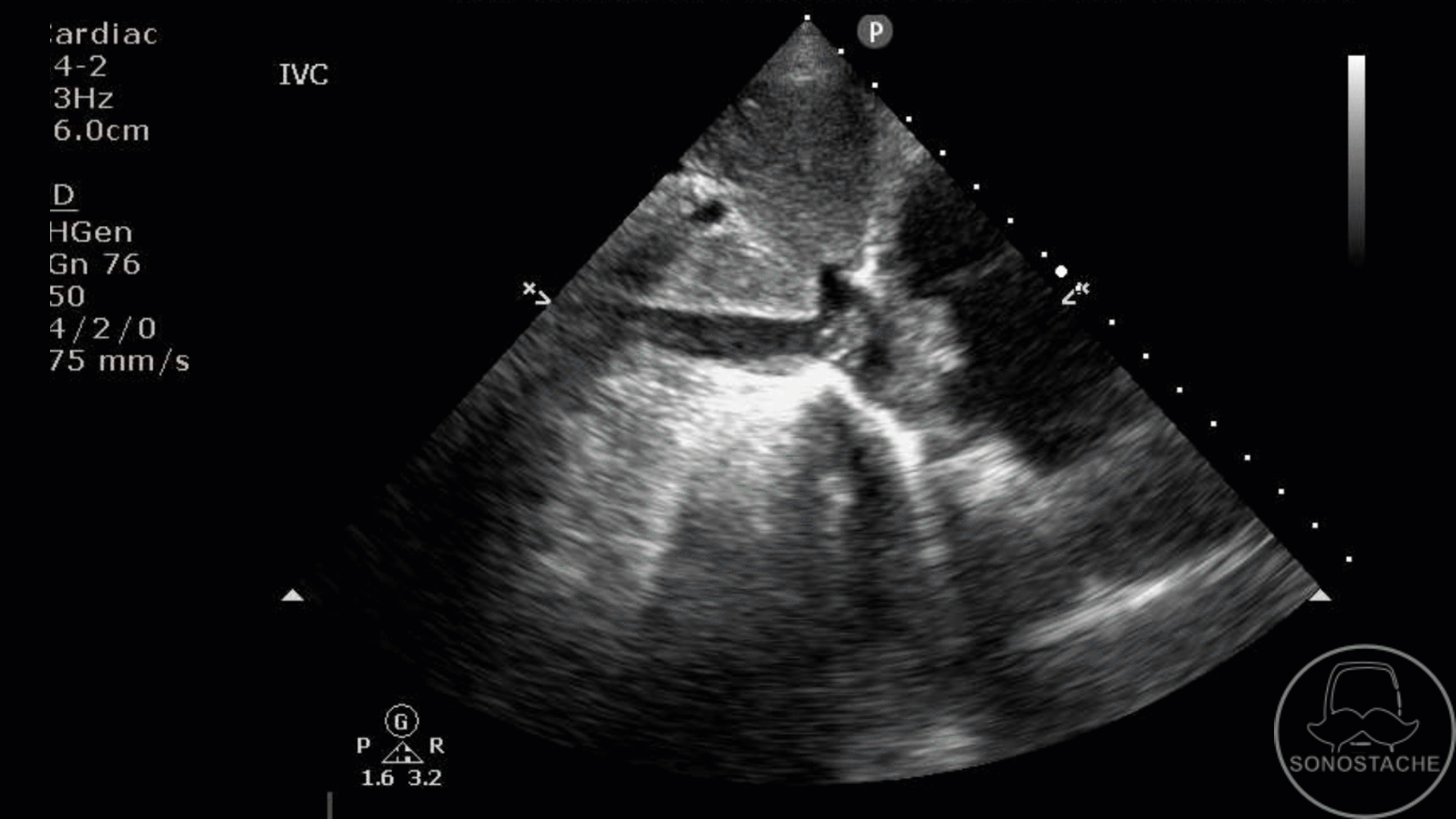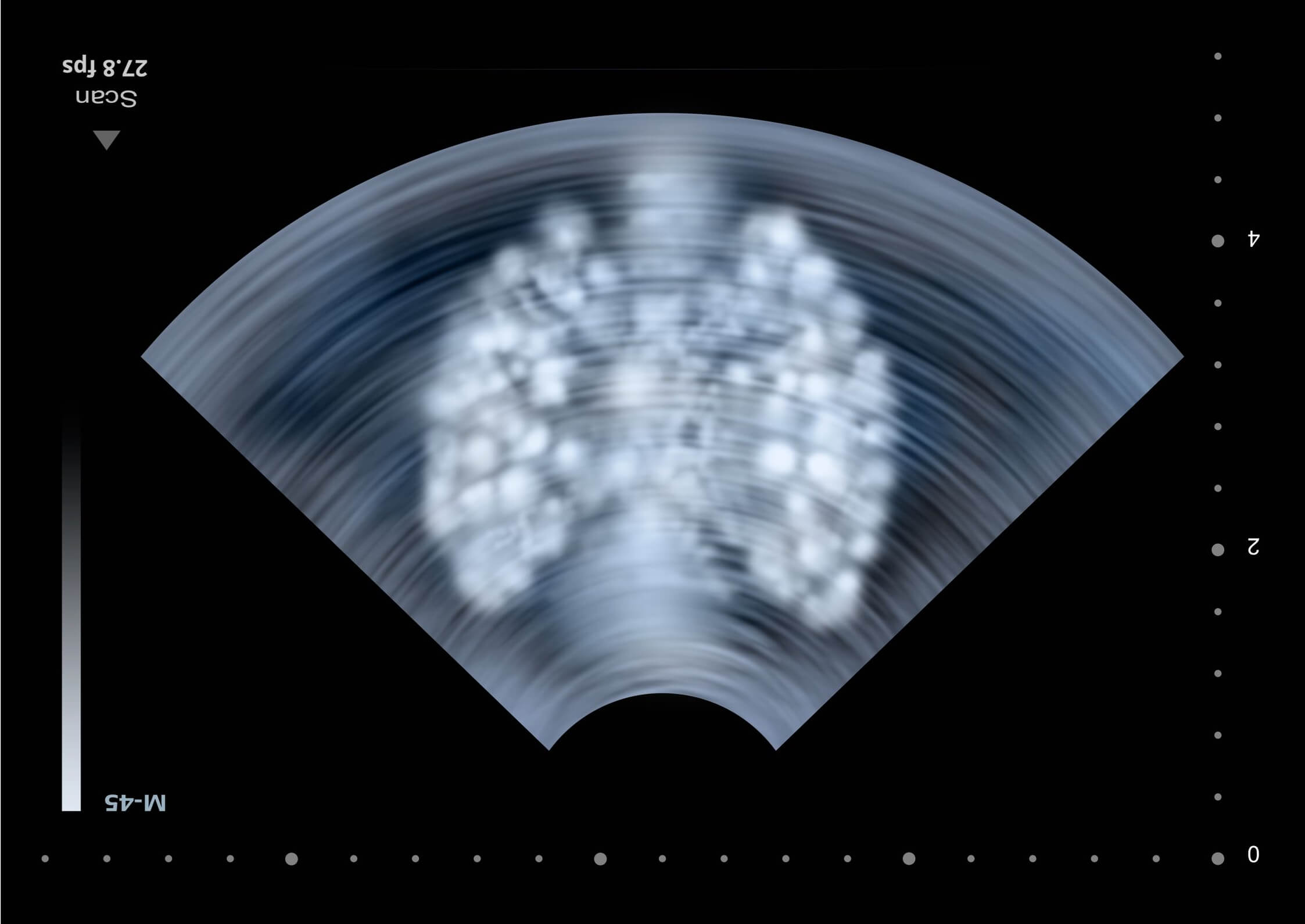
17 Jun Case of the week 6/17/24
What abnormality is seen here?
Scroll down for the answer!
Answer: IVC filter with migration and clot
An IVC filter is considered migrated if it has moved more than 2cm from it’s native position. There have been reported migration rates of anywhere from 0% with modern IVC filters to 11.8%. When symptomatic, definitive management is needed and often requires filter removal. Typically, IVC filters are placed infra-renally to avoid clot burden in the renal veins. There have been a variety of IVC filter migration sites reported, including more proximal structures such as the heart, pulmonary veins, intrahepatic IVC or hepatic veins, and superior vena cava or distal structures such as iliac vessels.
As stated above, the filter is most ideally placed infra-renally, however, for a variety of reasons including aberrant anatomy, pregnancy or existing clot burden, it may be necessary to deploy the filter in the suprarenal IVC.
Complications:
Limb fracture and perforation are a serious cause of failure. IVC perforation is defined by >3mm intrusion into the IVC wall, which constitutes 20% of complications. IVC filter limb fracture is related to duration of IVC dwelling, and may allow for embolization of the limb to the superior structures including the heart and lungs. These symptoms often overlap with pulmonary embolism, including dyspnea, chest pain or syncope.
IVC obstruction is another complication and has been reported in up to 30% of patients following placement. This is almost always related to growing clot burden at the site of the IVC filter, and may be asymptomatic. Complete caval obstruction often produced symptoms including lower extremity edema, venous insufficiency ulcers and development of collateral vessels which may put the patient at risk for recurrent embolization.
Thanks!
-Sonostache Team
Follow us on X, @Sonostache
Follow us on Instagram, @Sonostache
Gazda A, Squillante M. Migration of an Inferior Vena Cava (IVC) Filter Into the Intrahepatic IVC: A Case Report. Cureus. 2022 Jun 24;14(6):e26308.
Doe C, Ryu RK. Anatomic and Technical Considerations: Inferior Vena Cava Filter Placement. Semin Intervent Radiol. 2016 Jun;33(2):88-92.
Bajda J, Park AN, Raj A, Raj R, Gorantla VR. Inferior Vena Cava Filters and Complications: A Systematic Review. Cureus. 2023 Jun 6;15(6):e40038.
Andreoli JM, Thornburg BG, Hickey RM. Inferior Vena Cava Filter-Related Thrombus/Deep Vein Thrombosis: Data and Management. Semin Intervent Radiol. 2016 Jun;33(2):101-4.

